Stranger Things, Monet, and More - Experiential Marketing Makes a Comeback
This blog was written by Madeline Evans, the Marketing Manager at Setup, with input from the AVP of Experiential Marketing, Mark Schomaker, from Ansira.
Experiential marketing answers the question: What if fans could participate in the magic of their favorite worlds and brands?
Recently, my family attended the Monet exhibit and the Stranger Things Experience, triggering the very idea for this blog. People of all ages gathered with friends and family, excited to experience and document the magic. Without being too salesy, these environments created a space where we were a part of the story. Living, breathing, and interacting in the world that only existed on screens and paintings previously. That’s the key to successful experiential campaigns - marketing to the consumer without explicitly selling something. This can especially happen for pop-up campaigns. For example, Lean Cuisine had a “#WeighThis” campaign where they asked women to “weigh in” on topics not related to weight, and did not offer their product once.
The Stranger Things Experience totally immersed their patrons by requiring no cell phone usage until the gift shop. By completely disconnecting from the digital world, attendees participated in true Hawkins-style problems, followed by Starcourt Mall where they could then interact with actors playing Hawkins townspeople, take pictures with key locations of the show, and purchase memorabilia. Not only were there products to purchase, but the picture stations similar to pop-up museums were free marketing for the entire experience.
Experiential marketing, also known as engagement marketing, live marketing, participation marketing, or event marketing, opens a portal to connect with consumers through interactive strategies.
Why should brands care about implementing an experiential campaign in their overall marketing strategy? A 2021 EventTrack research report stated that, “40% of consumers said they felt more brand loyalty after participating in a brand experience or interaction, and 91% were more likely to purchase the product or service.” Not only does experiential marketing benefit brands by creating more loyalty, engagement, cross-channel marketing opportunities, but it benefits the consumer by providing a more unique experience that fosters an emotional connection and immerses them into a dynamic world.
Of course, for an experiential campaign to be successful, it requires thorough planning, knowledge of the consumer, and intention. We asked Experiential Marketing expert Mark Schomaker, the AVP of Experiential Marketing at the marketing agency Ansira, for his thoughts on the current state of Experiential Marketing.
Are your clients seeing success with experiential efforts? How have the experiential outcomes differed from digital results - are there as many conversions?
In short, yes. Experiential tends to have a longer play; when we create experiences we focus on building brand image, delivering key or new message points, and giving customers something to talk about.
Additionally, our efforts are as much about finding out key insights to customers as they are about the aforementioned. We get a live view of customer response to new product lines and can gauge how our audience is evolving. Conversions aren’t typically immediate like digital, but are more of a component of the overall strategy.
Have you noticed a difference in audience engagement since 2020?
Yes. Sometimes we don’t appreciate things enough until they’re gone, and this is true for live audiences. We noticed last year that people were eager to get out and interact again, the same holds true for 2022. Audiences have been happier, more appreciative, and more enthusiastic than I have ever seen. When we’ve pulled post-event survey data for the past 2 years, we’ve noticed a lot less focus on trivial things and more encouragement to do and bring more.
Has there been a revival for experiential events since COVID? What have you noticed about trade shows?
Yes, but it hasn’t been easy. Mentally, we are all back and ready, willing, and able to attend live events and have been for a while. That said, we are still experiencing setbacks due to workforce shortages, supply chain shortages, logistical challenges, and inflation. Although it continues to improve, everything still costs more and is harder to accomplish versus pre-pandemic. On a positive note, this is a universal challenge across all industries so there has been a high level of empathy because we are all living it.
Trade shows are back, and participation is about where we were in 2019, but I’ve noticed considerably less “new” approaches or concepts. For example, I recently attended SEMA in Las Vegas which is one of the largest trade shows in the country, and from a show display perspective, there wasn’t a lot of “wow” to be had. Most of the displays, albeit attractive and nice, weren’t anything all that amazing from a production standpoint. I think exhibitors are doing their best with what they’ve got to work with.
Our conclusion is that Experiential Marketing is back! And, although some efforts are stalled due to external factors such as supply chain, we can certainly confirm that consumers are here for it and will share your brand experience physically or digitally with others in their lives, and engage with your brand more positively in the future as a result.



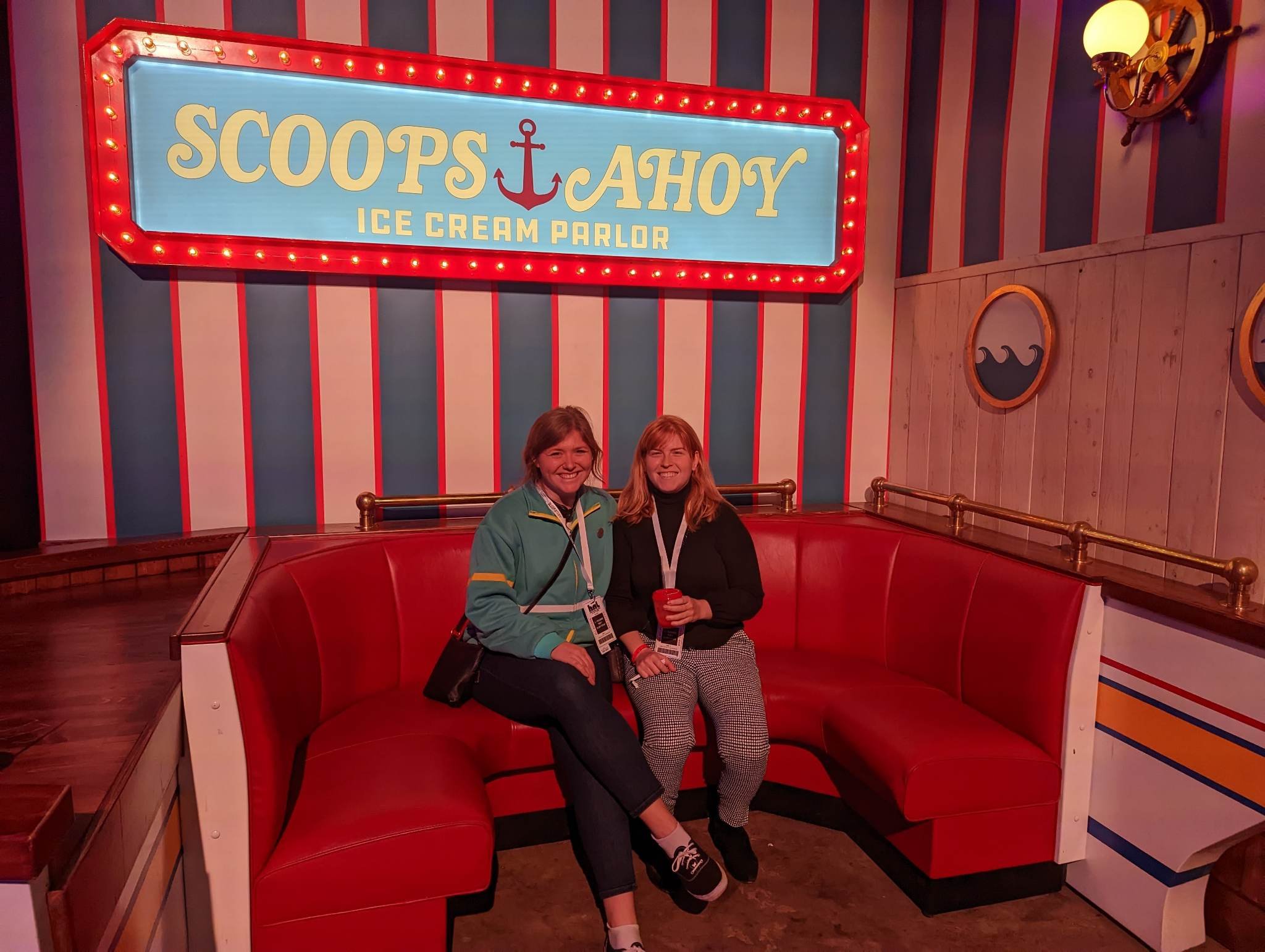

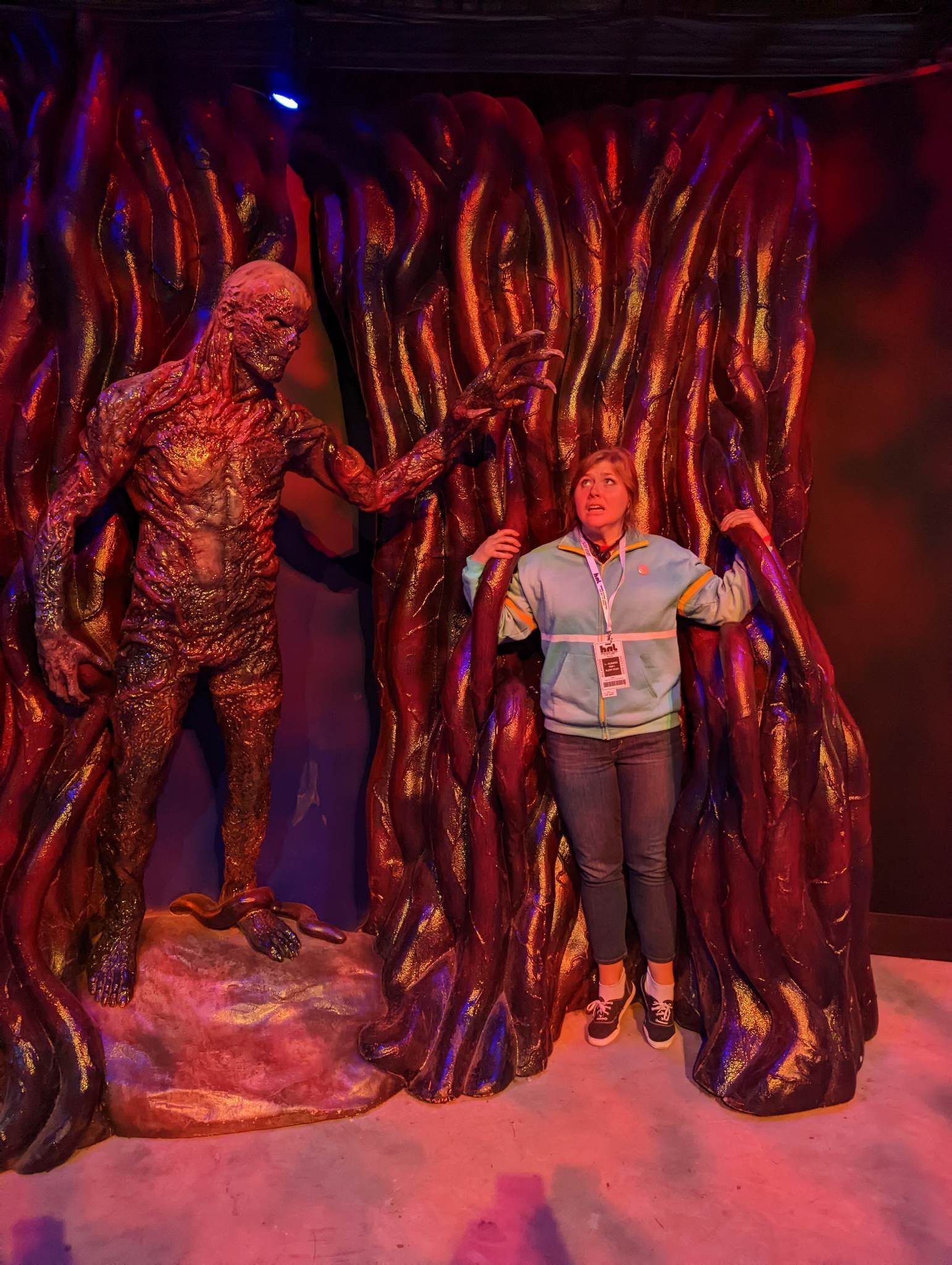
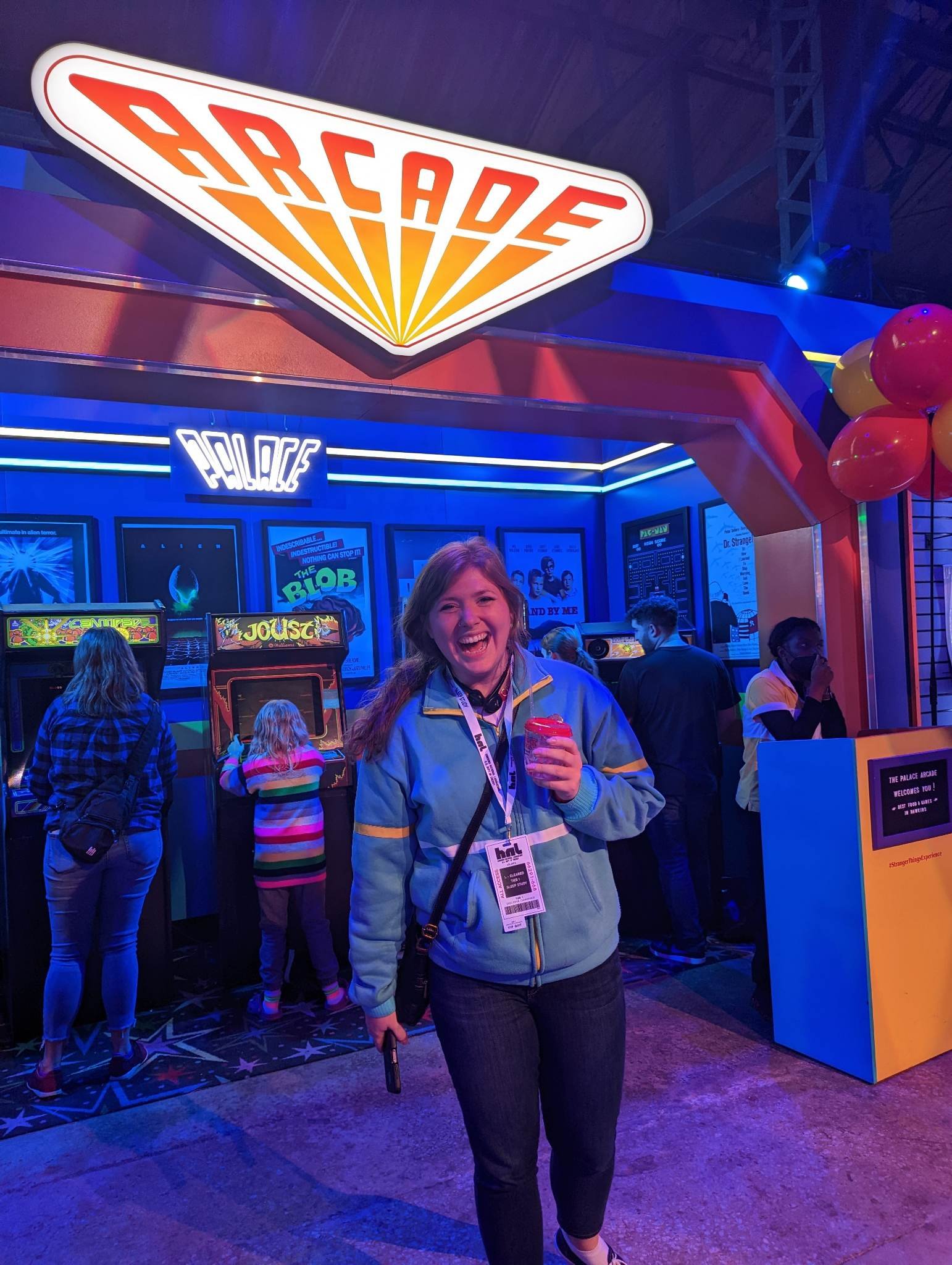

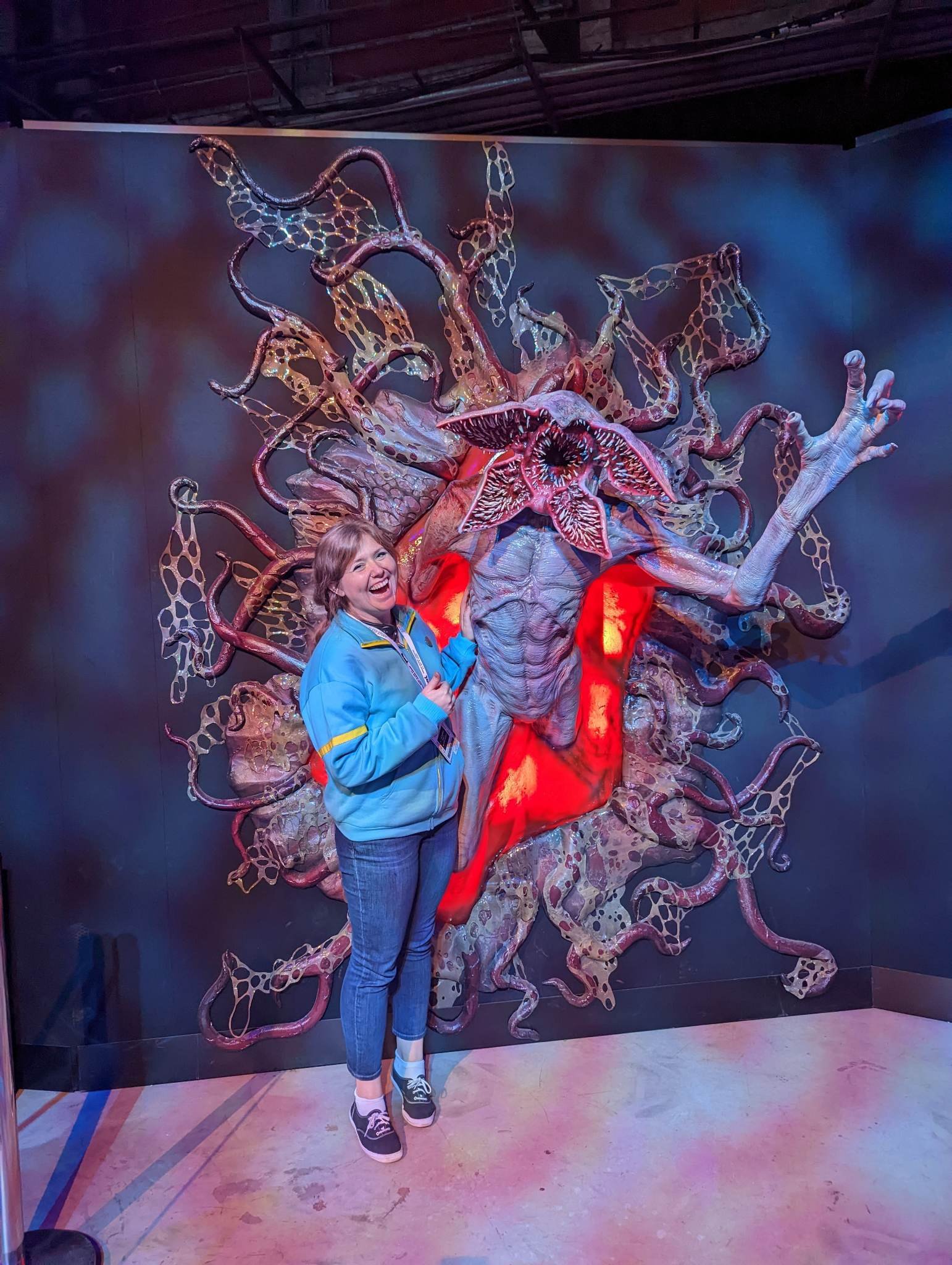
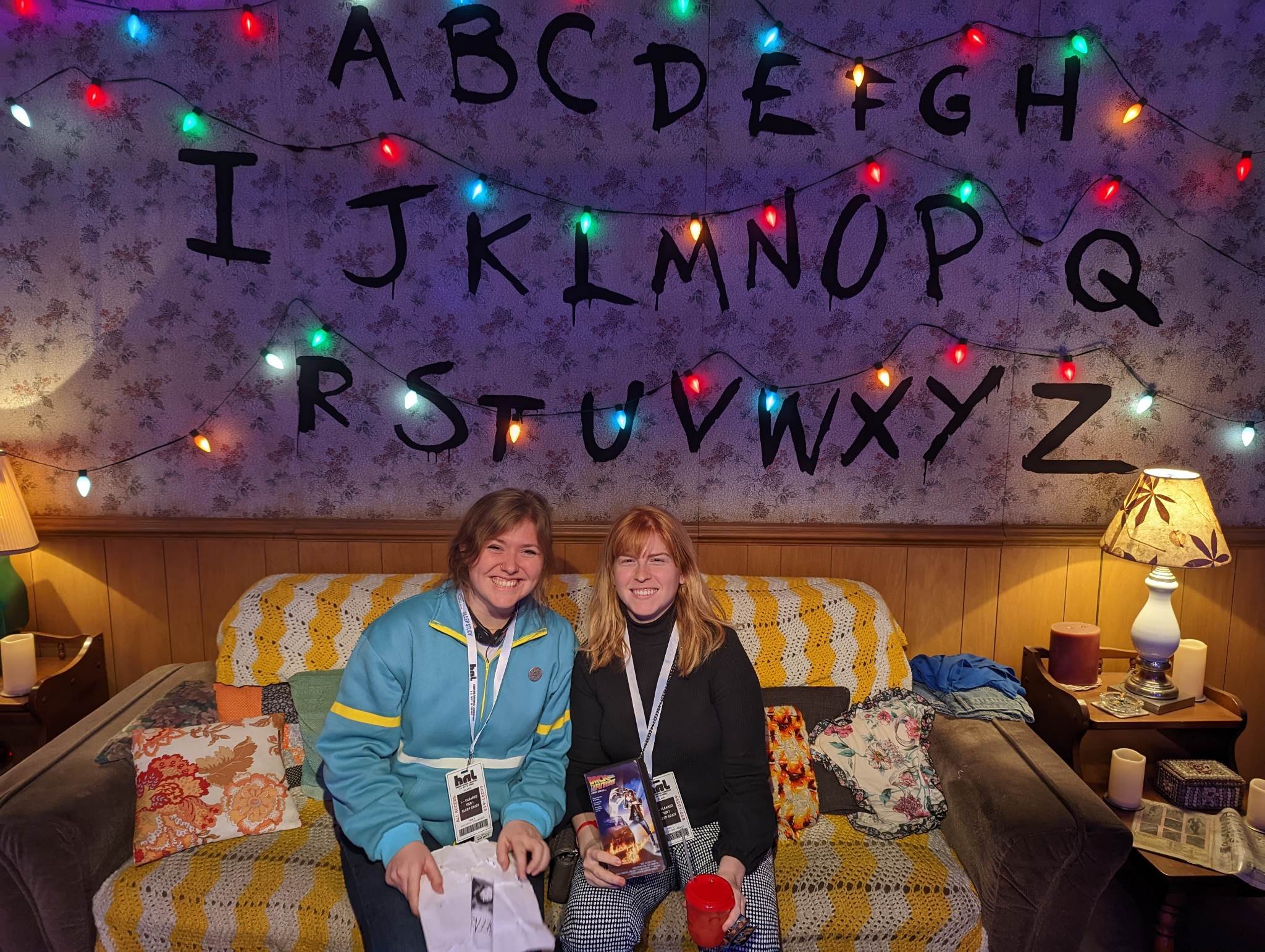











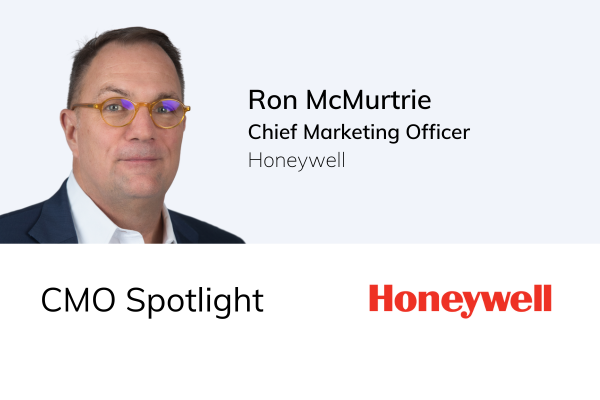

















Setup CEO + Founder, Joe Koufman, sat down with Brett Hannath, the Corporate VP, Global Marketing of Intel, to talk problem solving, transparent leadership, the bricks-and-mortar experience, and more.